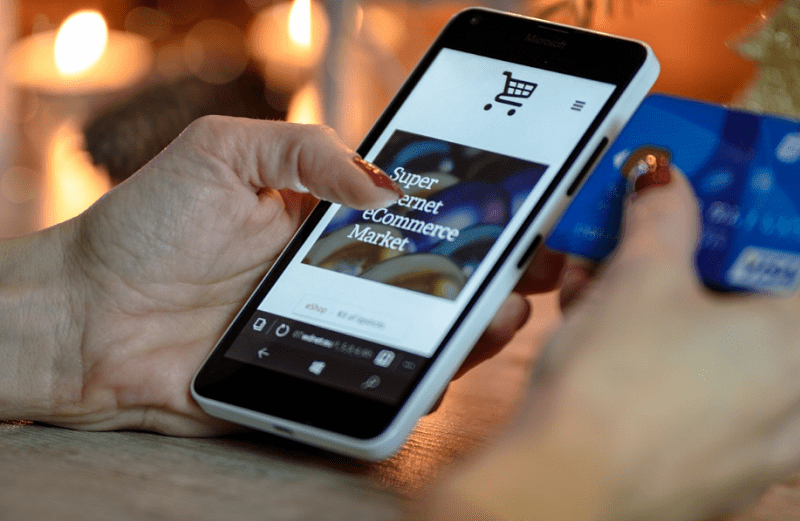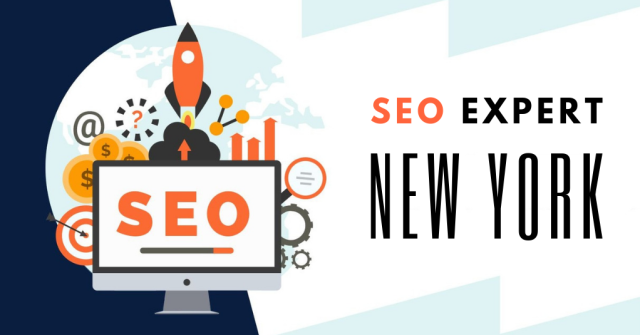By Vanessa Mitchell (CMO)
The banner ad is 25 years old. Should marketers celebrate or commiserate?
Twenty-five years after its inception, is there still room for the humble banner ad?
Soon after the advert of the Internet and websites came the banner ad, a digital advertising phenomenon which has grown to become so common, it’s arguably background noise for most people today.
Back in the day, the banner ad and all 300 of its pixels was the be-all-end-all of Internet advertising. Now, technologies like artificial intelligence, programmatic and augmented reality have triggered a whole new way of advertising and led us to automatically adjusting, mobile-enabled ads that are highly personalised, dynamic, and targeted.
Yet, while the banner ad has evolved, the method of measuring it has not – much to marketers’ annoyance. The clickthrough rate (CTR) remains the main way these ads are measured. And by all reports, CTRs are abysmal – less than 0.6 per cent by nearly every report out there.
These dwindling results, along with declining consumer attention and growing use of ad blockers by a fatigued consumers, all means the banner ad has suffered from ever-decreasing CTR while being ignored for its rightful place in overall brand building.
CMO asked several industry experts if the banner ad still has a place in a marketing strategy, or if we should all continue tweaking the settings on our ad blockers.
CEO of IAB Australia, Gai Le Roy, said approximately one-fifth of the digital display market in Australia is still represented by what we would consider traditional old school ad formats, such as banners.
“And while they has been over taken by new formats including video and content/in-feed formats, they still have a role to play in the market,” she told CMO. “The beauty of the media market is that older ad formats, while representing a smaller slice of the market, don’t go away. But we get a broader range of offerings that marketers can use to get their messages to consumers.
“Luckily, as Internet speeds have increased, websites have been able to take heavier ad files than was possible in the early days and this has enabled creative to improve substantially since the first banner ad.”
However, what frustrates Le Roy is banners still often being measured using the wrong metrics. “It frustrates me that even though we have shown time and time again that there is no correlation between clickthrough and impact, the click through metric is still persists,” she continued.
“Our new research study, The Digital Brand Effect, illustrates banners with the right creative, frequency and targeting still have a role in today’s media environment.”
Digivizer CEO, Emma Lo Russo, said success in digital marketing lies in how relevant the content is to the audience and the context they are seeing it in. She claimed traditional banner advertising can still work from a brand perspective, but needs a multi-platform, multi-unit play to drive traffic or action.
“You need to think about who sees what in the journey from not knowing you, to buying from you, to referring you,” she said.
Criteo A/NZ commercial director, Colin Barnard, agreed the banner ad remains a central tool in modern marketing.
“Digital ads have radically evolved since 1994 and so too have the way people respond and interact with ads. Today’s consumers demand more from brands, with 55 per cent of Australians turning off when they see ads they’re not interested in, according to recent Criteo data,” he said.
“The core objectives of banner ads from brand awareness to sales conversion haven’t shifted a whole lot, however, the way we achieve these objectives has, due to a greater focus on creative design and implementation with the introduction of modern technologies like AI and machine learning.”
For Barnard, modern technologies, like AI, have morphed the traditional banner ad into a hyper-targeted tool to create highly personalised customer experiences. But again, he warned against measuring its worth via CTR.
“When it comes to measuring performance digital marketing, one danger is to only count the effectiveness of banners by their clickthrough rate,” Barnard said. “The end result can be somewhat unimaginative creative that incites action like lots of price and ‘click here’ messaging. If the average clickthrough rate is 0.5 per cent, that means 99.5 per cent of people who see these ads don’t click on that particular creative.
“There is an opportunity to increase brand messaging without overly affecting CTR so the 99.5 per cent still see a great representation of the brand even if they aren’t ready to click at that particular moment.”
For lower funnel banner ads, Barnard would like to see other metrics used in a comparative way between different campaigns to better gauge what the 99.5 per cent think. He saw surveys, A/B testing to push creative to the max, whilst not impacting performance, and post-view metrics, as some examples.
“The current situation shows the limitation of machine learning and performance metrics. There are still too many dull ads that underutilise the amazing canvas we have,” Barnard said. “For instance, machine learning-driven creative can result in very poor ads.”
To compensate, Criteo has machine learning-driven content but still has humans crafting templates and even overlaying video, MP4/HTML5 rich motion imagery to bring dynamism to ads, he added.
Head of sales at WeThinkMedia, Jane Stucci, said the banner ad still has relevance as part of a broader marketing plan.
“As digital tech continues to evolve it does create the opportunity now 25 years later to personalise your brand’s creative or message to a highly targeted audience, particularly with the use of dynamic creative allowing you to target the right audience with the right message at the right time on any device.
“As for measurement, is anything perfect or correct? The industry is moving in the right direction by questioning the traditional click through rate as the only measure of success with alternative metrics such as viewability.”
So there you have it: The humble banner ad still arguably has a role to play in both branding and sales. But like most marketing, it’s only as good as your wider omnichannel strategy.













